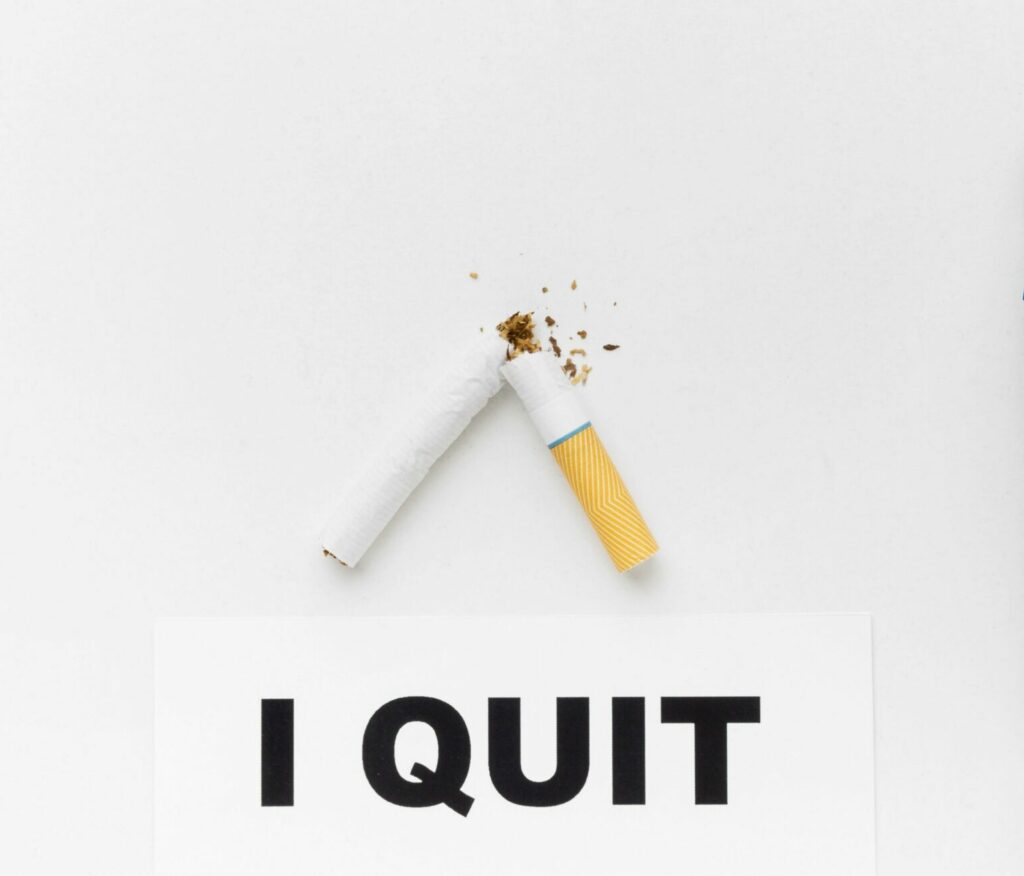Lung cancer is a common malignant neoplasm in most part of the world. Lung cancer contributed to worldwide 30-40% of cancer-related deaths in developing countries. Each year there were more people die of lung cancer than colon, breast and prostate combined. There was more than 1.8 million lung cancer diagnosed worldwide causing an estimated 1.6 million deaths in 2012.
In 2019, more than 200 000 cases of lung cancer were diagnosed in the United State alone. Individuals diagnosed with lung cancer generally have a poor prognosis, this is largely attributed to a delayed in diagnosis due to the absence of discriminating symptoms at the very early stage of the disease. As most of the lung cancer patients in the early stage of the disease are asymptomatic.
How are we doing in Malaysia?
According to the data from Malaysia Study on cancer survival 2018, 90% of the patients were diagnosed either at stage 3 or 4 of the disease with only 4% of the patients were diagnosed in stage 1 of the disease. Furthermore, 5-year relative survival for lung cancer stage 4 is only 6.3% in Malaysia. This perhaps is perhaps the main reason why lung cancer is the worst performing and deadliest cancer among all the cancer patients in Malaysia with the median time of survival less than 7 months.
Which age group are among the highest risk?
The mean age of diagnosis of lung cancer in Malaysia is about 60 years old. However, there are cases reported in Malaysia as young as teens. I personally had seen a patient as young as 17 years old at the time of diagnosis.
Presentations of lung cancer
The common presentation of the lung cancer patients included cough, hemoptysis (coughing out blood), shortness of breath, chest pain, and hoarseness of voice. Most of the patients are asymptomatic in the early stage of the disease, and this contribute to the reason why most of the patients present in the late stage of the disease especially among the younger patients, as younger patient have better lung reserve.
Risk factors for lung cancer
The carcinogenic tobacco smoking effect on the lung was first demonstrated in 1950s and its consumption remain the main culprit of lung cancer. Those who continuous smokers have a relative excess risk of 20 to 50-fold increase risk of developing lung malignancy as compared to those who are non-smoker. Duration of smoking is considered to be the strongest determinant of lung cancer risk among smokers.
Occupational exposure also been known to increase risk of developing lung cancer. It has been reported that those work in the industry which involved in asbestos, silica, radon, heavy metals and polycyclic aromatic hydrocarbons to have a higher risk of developing lung cancer.
Study also shown air pollution to be an important contributing association of lung cancer in particular in coal burning in poorly ventilated houses, burning of other solid fuels as well as from high-temperature cooking using unrefined vegetable oils.
Would early detection be an answer for curative treatment for lung cancer?
The answer is definitely a YES. Surgical resection of lung cancer will give patients a good survival chance. The 5-year survival rate of more than 80% among those with a tumour size between 1.6-2.0 cm and almost 100% in tumour < 1cm in diameter. Unfortunately, most of the lung cancer were detected during the late stages.
Is there any screening test for early lung cancer detection?
Lung cancer screening involved using low dose computed tomography (CT) thorax is recommended for lung cancer screening. Chest X-ray as a tool for lung cancer is not recommended due to its poor sensitivity in detecting early lung cancer.
In 2013, a large scale study done in the US demonstrated those who participate in lung cancer screening using low dose CT thorax showed 20% less likely to die from lung cancer. Currently, many countries are developing their own guideline for lung cancer screening. In general, it is recommended those who smokes at the age of 55 years old or beyond with smoking history of more than 30 pack-years (1 pack-year is equal to smoking 20 cigarettes,1 pack per day for a year) to undergo low dose CT thorax lung cancer screening annually.












